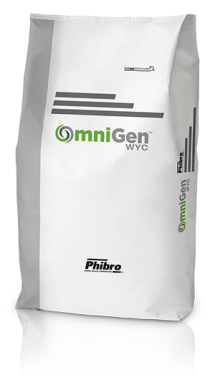Connecting Aspergillus fumigatus and Hemorrhagic Bowel Syndrome
An interview with HBS expert Dr. Jim Chapman, Ph.D., Senior Research Leader, Phibro Animal Health Corporation.
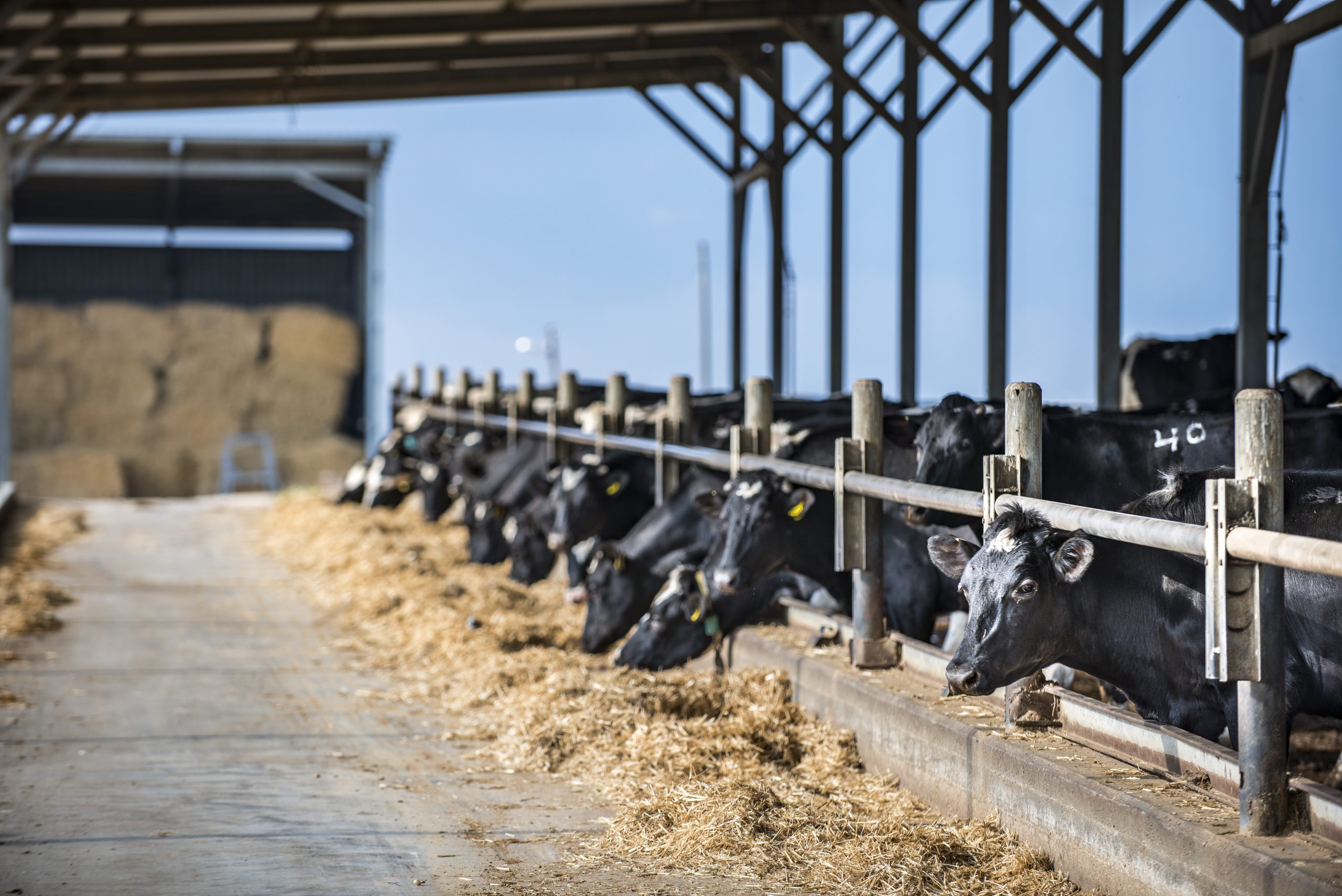
Bloody gut. Salami gut. Jejunal hemorrhage syndrome. HBS. From the descriptive to the scientific, hemorrhagic bowel syndrome (HBS) is a condition with many names. Yet while many have named it — and studied it — no one has successfully developed a treatment for it. Fortunately, as scientists continue to learn about the syndrome, they can better identify its causation and help producers take preventative measures to protect their herds.
“When HBS first came to light, it was generally thought to be caused by the toxins produced by Clostridium perfringens type A, which can create irritation of the gastrointestinal (GI) lining that bleeds into the lumen of the small intestine and causes the cow to bleed to death,” recalls Jim Chapman, Ph.D., Senior Research Leader, Phibro Animal Health Corporation. “Scientists from Oregon State University believed that hemorrhage was initiated by another agent — an invasive, pathogenic mold, Aspergillus fumigatus, that is known to infect humans and animals alike.”
It’s a hypothesis borne largely from human parallels. “Research has shown that A. fumigatus is cleared by the immune system in a healthy person,” says Chapman. “It becomes problematic when the host’s immune system is compromised, which allows the mold to become opportunistic and invade tissues. Our immune system is the primary means for clearing the mold from our blood and lungs, so it’s important to maintain good immune health.”
While humans generally become infected in the lungs, cattle become infected in the GI tract. “Once the mold gains entry into the body, it tends to locate in the highly vascular areas of the body, as it has an iron requirement for growth,” explains Chapman. “A. fumigatus is opportunistic, and an immunosuppressed cow may not have the ability to successfully clear it. Once it invades and colonizes in the tissue, as in the GI tract, it produces enzymes that cause capillary breakdown, and then you get bleeding, a blood clot — and death.”
The Best Defense: A Strong Immune System
HBS is a sporadic disease, which makes diagnosis challenging. It’s possible to have a group of cows consuming the same feed at the same time, but only one cow might develop HBS. This unpredictability is a result of certain factors that must align to make a cow more susceptible than its herd mates. Scientists are still working to identify all the factors, but they know that immunity is one.
Phibro designed OmniGen®, a nutritional specialty product, to help the cow maintain a healthy immune system so it can more effectively combat and respond to all types of invasive pathogens, including mold. Chapman recommends feeding OmniGen throughout the dry period and through at least peak lactation. “By feeding OmniGen, cows maintain a healthy immune system which may not prevent every case but may keep a cow that’s marginal from developing HBS,” he says.
Chapman also advises producers to pay close attention to feed management. “The mold is most commonly found in ensiled forages, so practicing good silage management goes a long way in reducing the risk of the mold becoming a problem in dairy cows. We have also observed elevated A. fumigatus levels in other commodities like ground corn and cottonseed hulls,” he notes. However, unlike other molds that produce mycotoxins which are present in the feed, A. fumigatus produces its toxins once in the animal’s tissue.
The best method to determine if a cow died from an intestinal blood clot is by necropsy, although the mold is rarely found in the blood clot. There is a blood test for the presence of the mold available to producers that can indicate if cows are consuming the mold and assess the current level of exposure.
A. fumigatus is an ever-present health issue for cows, but Chapman says that it can be largely controlled with preventive measures. “It’s considered to be one of the dominant successional mold species in silage, so it’s always there, and we know it can be a contributing factor to HBS,” he says. “Because HBS tends to affect high-producing cows, it can pose a serious loss for a dairy. But by prioritizing cow comfort, minimizing stressors, practicing good feed management and by feeding OmniGen, producers can enhance the ability of immune cells to function as they should, and that should help reduce the incidence or occurrence of HBS.”
Visit TheOmnigenDifference.com or contact your local Phibro representative to learn more.
OG060522GLB ©2022 Phibro Animal Health Corporation. Phibro, Phibro logo design, Healthy Animals. Healthy Food. Healthy World. and OmniGen are trademarks owned by or licensed to Phibro Animal Health Corporation or its affiliates.
Dairy Cattle Products
How Feeding OmniGen® Can Bolster Your Dairy Cattle’s Immune System to Better Defend Against Challenges.

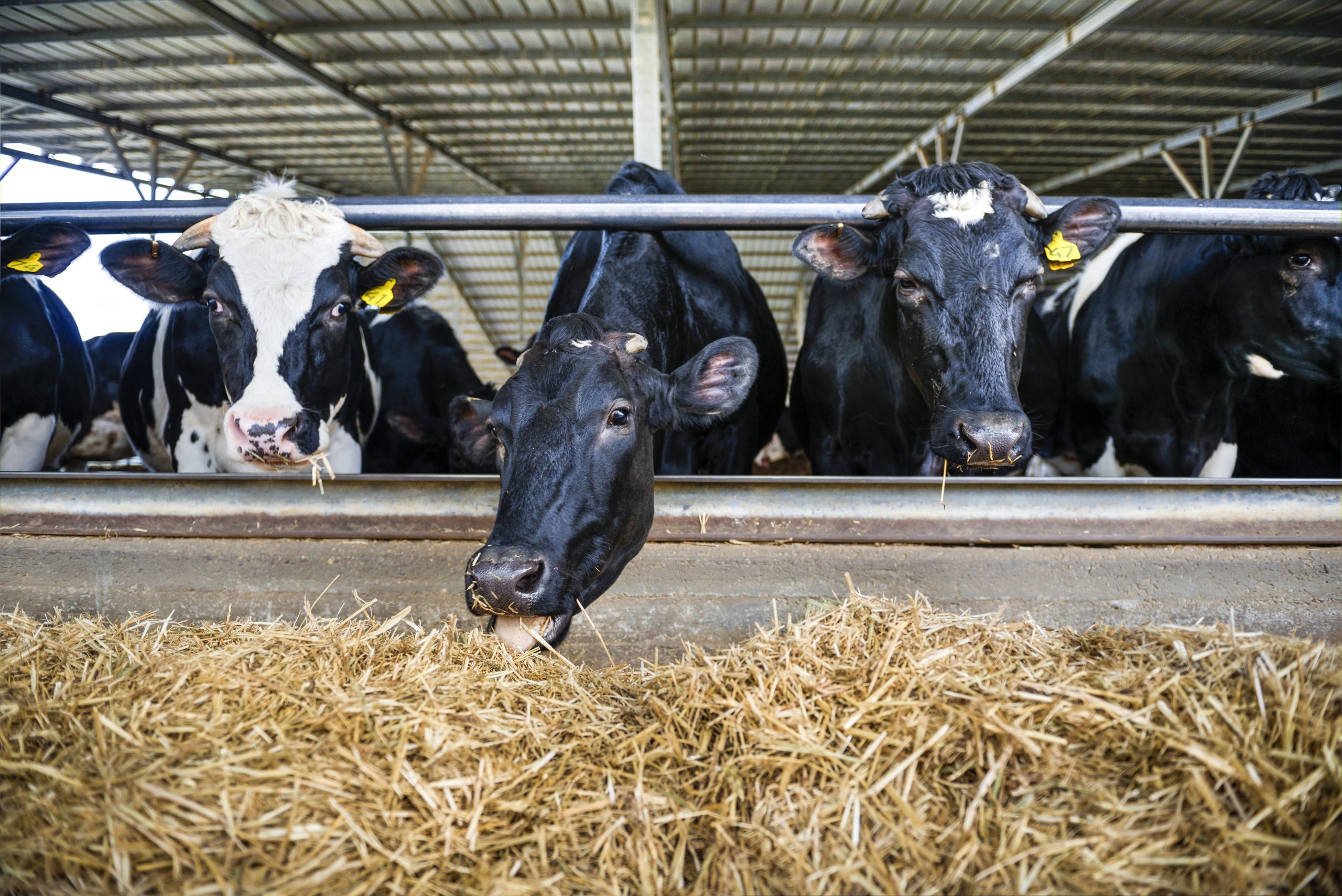
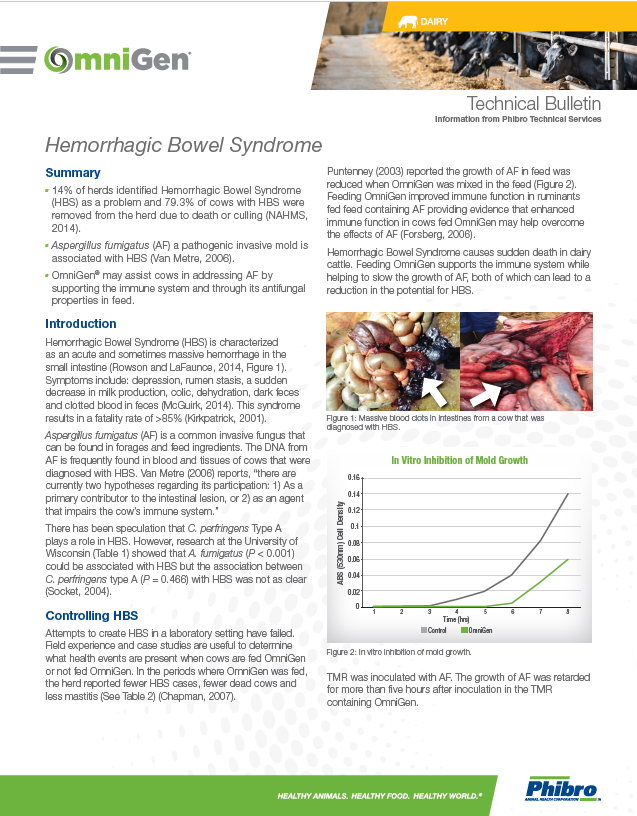
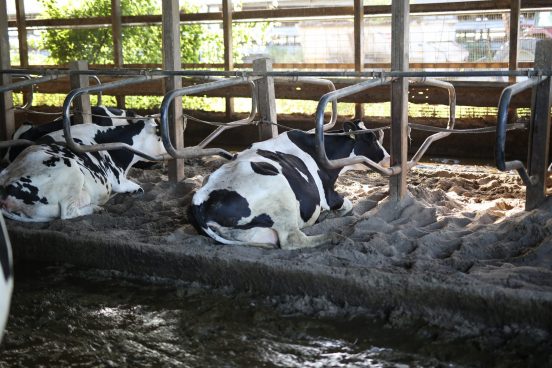
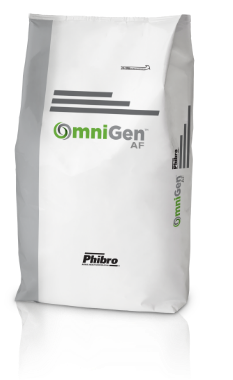
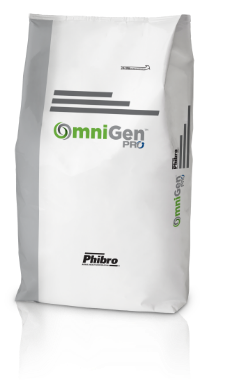
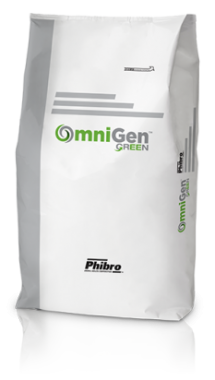
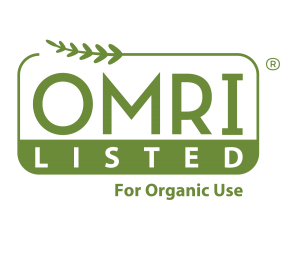 OmniGen Green is Organic Material Review Institute (OMRI) listed.
OmniGen Green is Organic Material Review Institute (OMRI) listed.